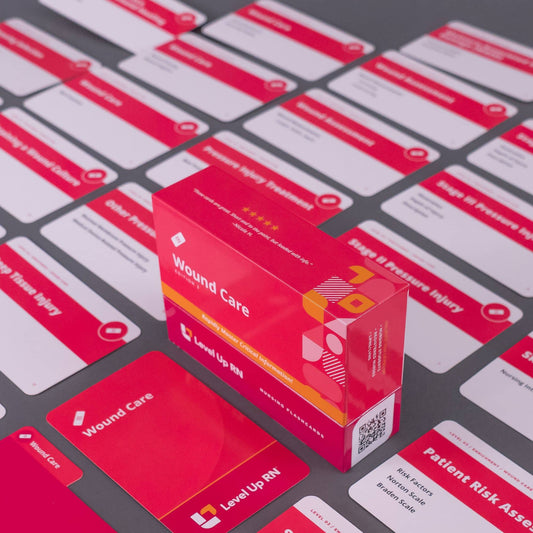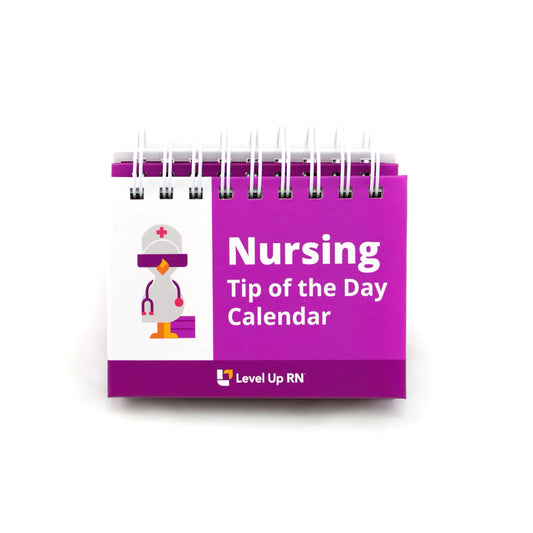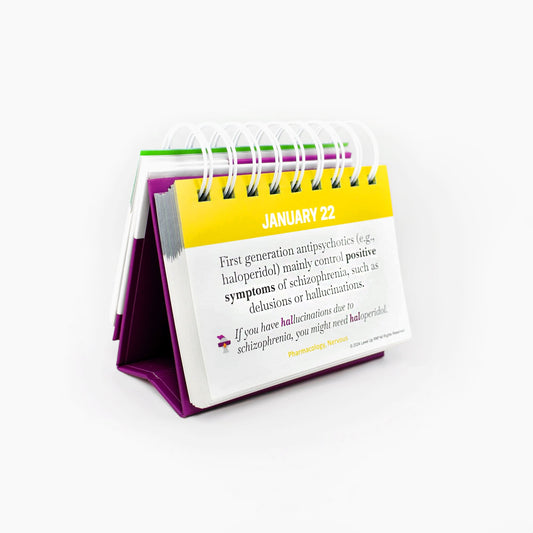- 00:00 What to expect in this episode of Ask A Nurse
- 00:35 What causes a bed sore?
- 1:39 What factors increase the risk of a bed sore?
- 2:12 What are the symptoms of a bed sore?
- 2:24 How is a bed sore treated?
- 4:00 How can I prevent a bed sore?
Ask a Nurse - Bed Sores
Updated: Cathy Parkes
Full Transcript: Ask a Nurse - Bed Sores
Full Transcript: Ask a Nurse - Bed Sores
Hi, I'm Cathy with Level Up RN. In this video, I will be answering your questions about pressure injuries or bed sores as they are more commonly known as, such as what causes a pressure injury or bed sore, how is a pressure injury treated, and how can I prevent future pressure injuries or bed sores from occurring? As a certified wound care nurse, I have probably cared for thousands of patients with pressure injuries. Educating nurses and the public on pressure injury treatment and prevention is one of the key things I do as a wound care nurse. So first of all, what causes a pressure injury or bed sore? So a pressure injury is damage to the skin and to the underlying tissue due to intense or prolonged pressure over a bony area of the body. So that prolonged pressure and compression blocks blood flow into the area which can lead to cell death and the formation of a wound in many cases. Bony areas that are more commonly affected include those on your bottom, such as the tissue over your tailbone or your sitting bones. But other bony areas on the body can develop pressure injuries as well, such as the elbows or the heels or the back of the head just to name a few. Pressure injuries can be minor. But left untreated, they can become very deep, and they can also lead to life-threatening complications such as osteomyelitis, which is a bone infection, as well as sepsis, which is an infection that spreads into the bloodstream.
People at higher risk for a pressure injury include older adults because of thinning skin and decreased fat over those bony areas, bedbound individuals, people with poor nutrition, especially those who do not get enough protein intake, people with impaired sensation such as those who've had a spinal cord injury or a stroke, or individuals with neuropathy. And then diabetes and smoking also increase the risk for the development of a pressure injury. Symptoms of a pressure injury or bed sore include pain or soreness over the affected area, red or purple discoloration of the skin, or an open wound.
In terms of treatment, the number one thing we need to do right away is remove pressure from the area so we can restore blood flow. We can do this through repositioning, limiting the amount of time spent in the bed or chair when possible, using a mattress that provides good pressure redistribution, using a special seat cushion, such as a waffle seat cushion when sitting in a chair. And we can also use pillows to elevate the heels off the bed and cushion the elbows as well. In terms of wound care, it really depends on the size and severity of the wound. In general, cleaning the wound with normal saline and keeping it covered with a protective dressing is standard practice. However, for a deeper wound, a wound that contains dead tissue, or a wound that has signs of infection, such as redness, warmth, and drainage, those wounds will require more advanced care. This may include antibiotics, removal of the dead tissue from the wound bed, surgery, and/or the application of a wound VAC. Getting enough protein is super important for wound healing. Without sufficient nutrition and protein intake, your wound will have a hard time healing. So this means you'll need to increase your intake of protein-rich foods or possibly consume a protein supplement drink.
In terms of prevention of pressure injuries or bed sores, you really want to avoid spending a prolonged amount of time in one position. So you'll want to shift your weight frequently and then do some of the things we talked about earlier to prevent pressure injuries, such as using a good mattress, using a special cushion in the chair, and avoiding time in the bed or chair if possible. If you are caring for an individual who is at risk for pressure injuries, it's important to inspect their skin on a daily basis so you can find and address any pressure injuries before they get worse. It's also important to note that excessively dry or excessively moist skin is more prone to breakdown. So applying a moisturizer to dry skin can help it be more resilient. And for incontinent patients, it's important to protect the peroneal skin with a zinc oxide-based ointment. My personal favorite is Calmoseptine, which is readily available at drugstores and online. I hope this episode of Ask A Nurse has been helpful. If you have a health topic or question you would like me to address in a future episode of Ask A Nurse, definitely leave it in the comments. Stay informed and stay well.




